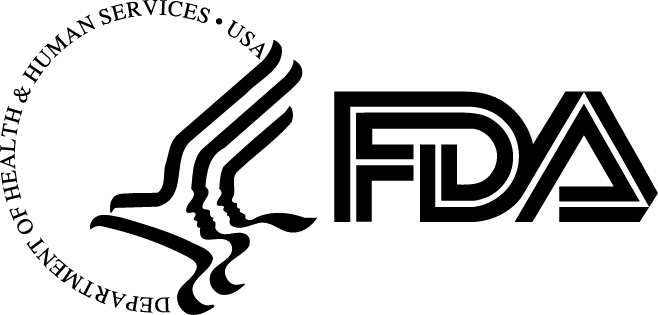|
The Indiana Secretary of Career Connections and Talent recently released a new data tool that allows users to track population, migration, education, labor force, health factors, internet access and other statistics about Hoosiers. The tool allows prospective users to view data about singular counties or to select multiple counties to compare to statewide metrics. Each data metric falls into one of three groupings: metrics that increase the population of the community and region (in dark blue), metrics that cultivate talent and increase educational attainment (in yellow) or metrics that raise household income and earnings (in light blue). The goal is to inform community organizations and policymakers who are focused on economic development. The data display could be used for grant applications because it displays indices of vulnerability that counties can use to justify the need for funding.
 In response to the opioid epidemic, Indiana University (IU) Health researched new ways to effectively treat pain and addiction without prescribing as many opioids. Starting in January 2017, IU Health began monitoring when, where and by whom every opioid was prescribed within its healthcare system. When comparing April 2019’s data to the first month of monitoring, nearly 440,000 fewer opioid pills were prescribed. IU Health’s emergency department opioid prescriptions fell nearly 30 percent, with a 90 percent drop at its Frankfort facility.
The World Health Organization (WHO) will discontinue two controversial published guidelines on prescribing opioid pain relievers due to pharmaceutical influence on the reports. The action is in response to two U.S. lawmakers who accused the WHO of being influenced by Purdue Pharma when it drafted its opioid prescribing guidelines. For example, the report detailed that “there is no fear for accidental death or dependence” when taking the correct dose of prescribed opioids, even though the National Institute on Drug Abuse estimates that 29 percent of patients prescribed opioids misuse them. Because WHO reports have an international audience, many feared that the report could fuel opioid epidemics in countries outside of the United States.
 The Food and Drug Administration has withdrawn the agency’s previous guidance for opioid manufacturers and proposed stricter rules for manufacturers. Under the new proposal, a drugmaker must detail if its new drug has “any characteristic that would mitigate the risk of overdose, abuse, or the development of addiction.” A company also needs to outline if its drug has “novel or greater risk” compared to current opioids.” The new proposal comes at a time when there are more than 1,600 civil cases against opioid manufactures and more than 47,000 people died from opioid overdoses in 2017. The FDA acknowledged that the opioid crisis needs to be confronted while paying attention the benefits of prescribing opioids to manage chronic pain.
|